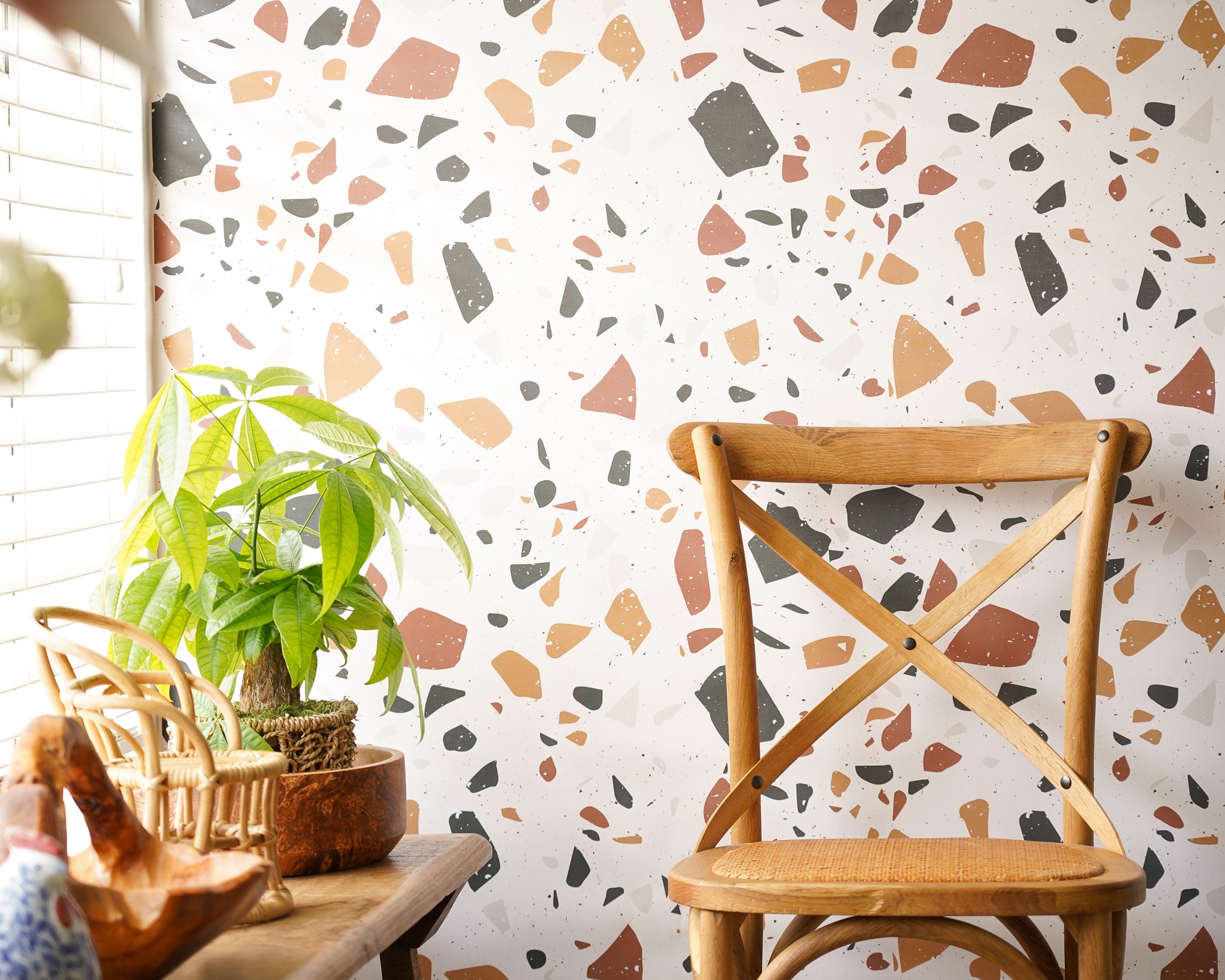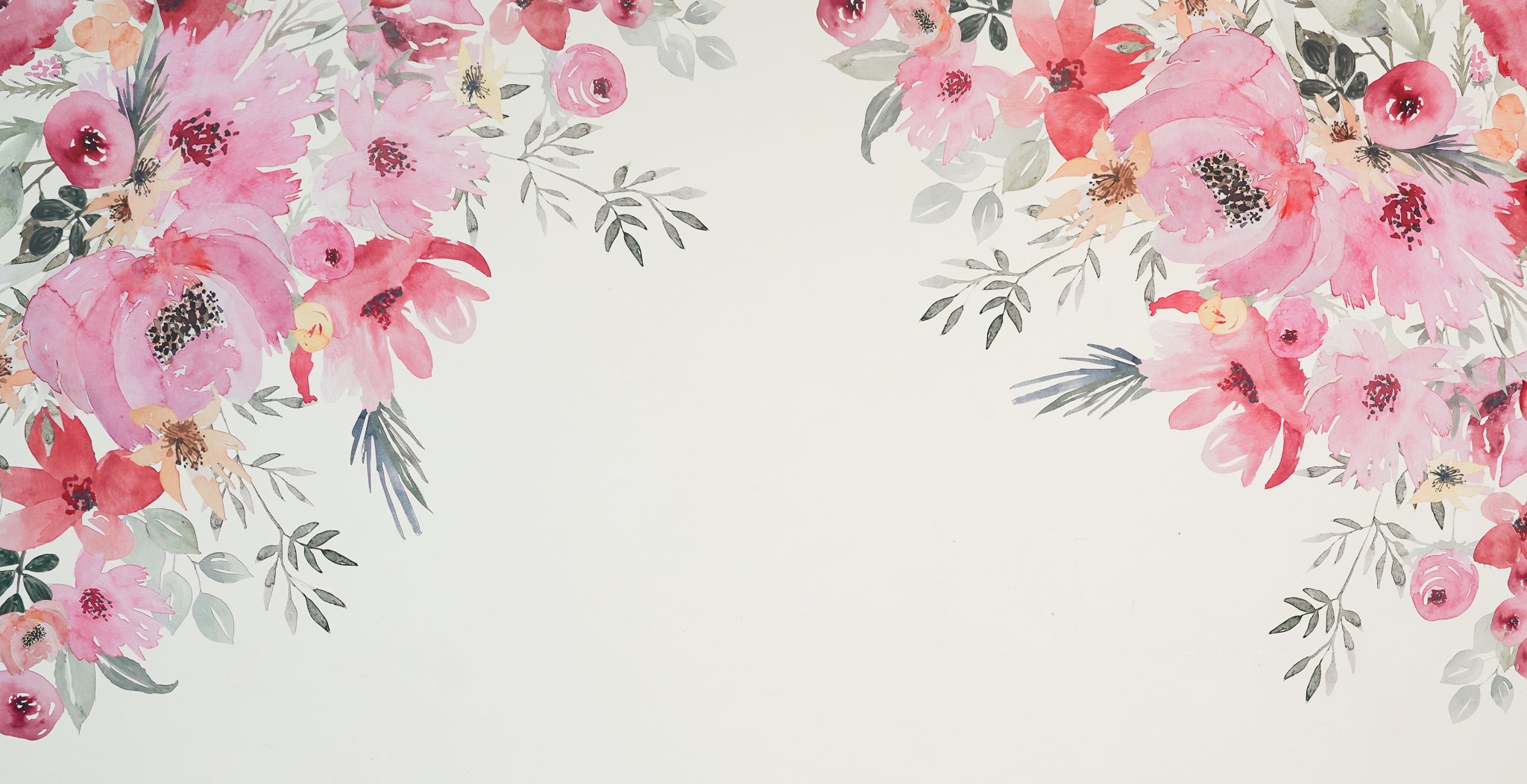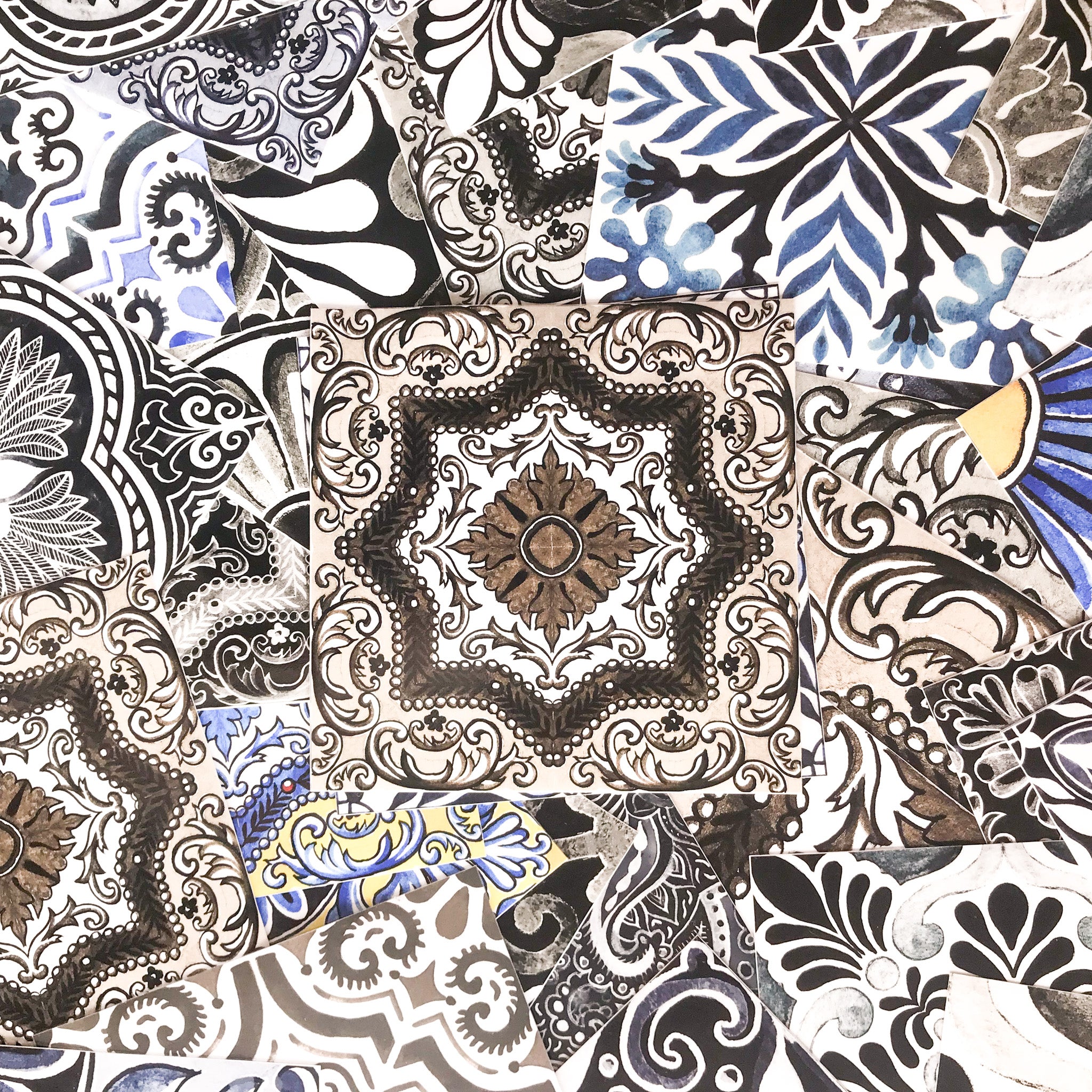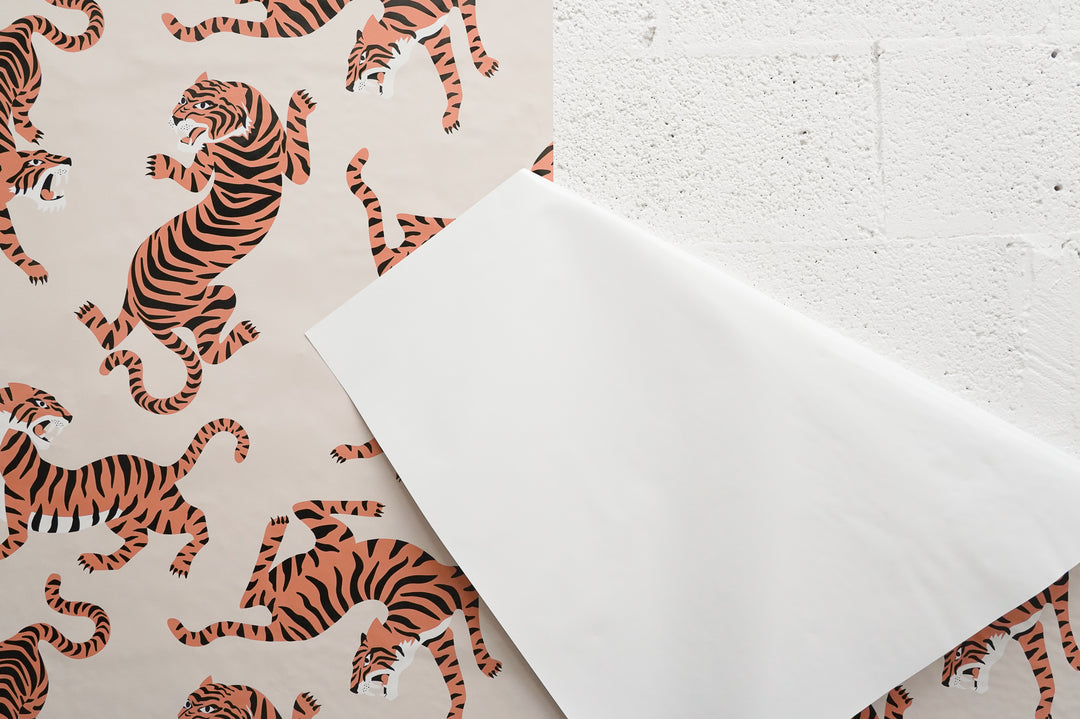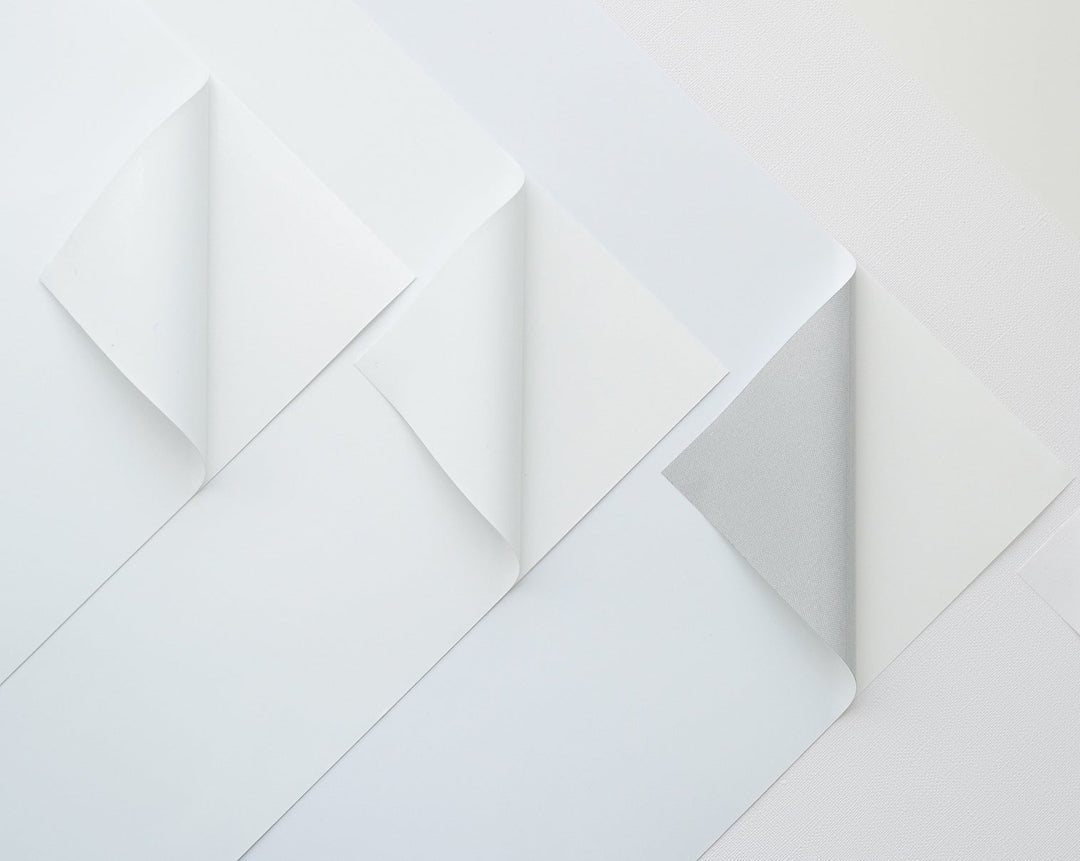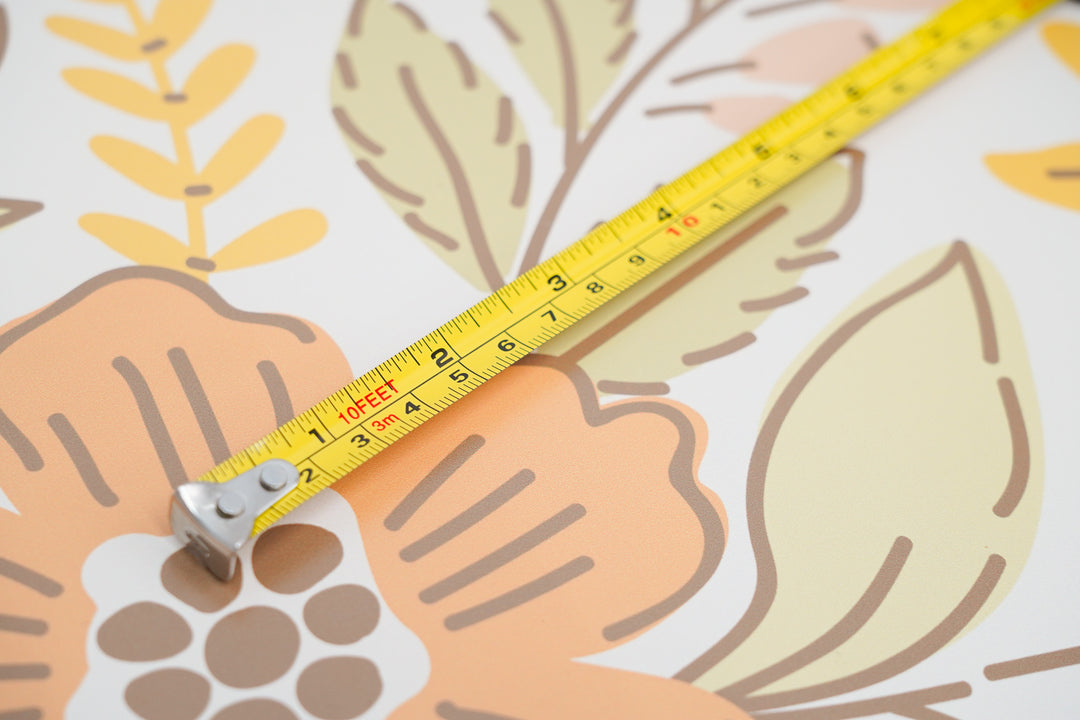Inadequate conditions for Peel and Stick wallpapers
surface
1. Adhesion Issues: Dust and dirt on the wall can prevent the wallpaper adhesive from bonding properly with the wall surface. This can lead to the wallpaper peeling or not sticking securely, resulting in an uneven and unattractive appearance.
2. Reduced Longevity: If the wallpaper doesn't adhere properly due to the presence of dust or dirt, it may not last as long as it should. Over time, the wallpaper may start to peel or fall off in areas where the adhesive didn't bond effectively.
1. Adhesion Issues: Unpainted walls can have porous or textured surfaces that may not provide a suitable adhesive base for the wallpaper. The wallpaper adhesive may not bond properly with the wall, leading to issues like peeling or inadequate adhesion.
2. Sheetrock Bonding: The glue in a peel and stick can bond with the sheetrock, making impossible to reposition the wallpaper during installation and ruining the wall during removal.
3. Durability: Unpainted walls are more susceptible to moisture and environmental factors, and this can potentially impact the longevity of the wallpaper. Painted walls provide an additional layer of protection against such issues.
1. Uneven Surface: Joint compound is used to smooth and fill imperfections on drywall surfaces, but it doesn't create a perfectly smooth or even finish on its own. Unevenness in the surface can be visible through the wallpaper.
2. Adhesion Issues: Joint compound is not an ideal surface for wallpaper adhesion. The wallpaper adhesive will not bond properly with the joint compound, leading to issues like peeling or poor adhesion, especially if the joint compound is dusty or not well-bonded to the underlying drywall.
3. Longevity: Over time, the adhesive used on peel and stick wallpaper may not adhere as well to the joint compound as it would to a smoother, properly prepared surface. This can result in the wallpaper peeling or falling off.
1. Overly Sticky Surface: Peel and stick wallpaper typically comes with an adhesive already applied to the back. Adding extra adhesive on top of this can make the surface excessively sticky, leading to difficulty in adjusting the wallpaper during installation and potential issues with bubbles and wrinkles.
2. Adhesion Problems: Using additional glue can result in an uneven bond between the wallpaper and the wall. This may cause the wallpaper to peel or not adhere properly in some areas, leading to an inconsistent finish.
3. Potential for Residue: Extra adhesive can make the removal process more challenging. It may leave behind sticky residue on the wall that's difficult to clean.
4. Warranty and Manufacturer's Recommendations: Deviating from our instructions, such as by adding extra adhesive, will void any guarantee.
If you believe that the adhesive on the wallpaper is not sufficient, it's advisable to contact us for guidance, or consider using a different wallpaper product designed for extra adhesion, rather than adding additional adhesive on your own.
1. Panel Misalignments: Textured walls, such as those with orange peel, knockdown, or textured paint, have raised or recessed patterns that create an uneven surface causing the pattern not to align properly.
2. Poor Adhesion: Removable peel and stick wallpaper such as: Removable Peel and Stick and Canvas Peel and Stick are designed to adhere to smooth and flat surfaces. Textured walls can make it difficult for the adhesive to bond effectively, leading to issues with the wallpaper not sticking properly or just peeling off. Only use Long Term peel and Stick for textured walls.
3. Difficulty in Installation: Trying to apply removable peel and stick wallpaper on a textured surface will be challenging and time-consuming. Will require extra effort to smooth out the wallpaper while it will adhere poorly, making the installation process frustrating. Textures might show through the wallpaper.
Installing peel and stick wallpaper over a textured wall can be challenging (Read More)
Refers to deformations present in the drywall, like bents, indentations, curves, depressions, blemishes.
1. Panel Misalignments: Deformations can cause the wallpaper to follow the contour of the wall, resulting in misalignments between panels, sometimes in small or in very large areas.
2. Minor Adhesion Problems: Wall deformations can make it difficult for the wallpaper to adhere evenly to the wall. In areas where the wall is not flat, the adhesive may not bond optimally, leading to potential issues with the wallpaper peeling over time.
3. Bubbles and Wrinkles: Deformations can create air pockets or bubbles behind the wallpaper during installation. These bubbles and wrinkles can be difficult to remove, leaving the wallpaper with an imperfect finish.
4. Reduced Longevity: Wall deformations can cause stress on the wallpaper, leading to premature wear and tear, peeling, or damage in the affected areas.
Learn how to detect this issue before starting your wallpaper journey (Read More)
Scuff-Resistant Paint:
Poor Adhesion: Scuff-resistant paint repels marks, dirt and damage. It also repels the adhesive in the peel and stick wallpaper
Low VOC Paints:
Poor Adhesion: Paint formulation that emits less VOC, but creates a silicon type of surface that (in some cases) repels peel and stick wallpapers.
Environmental
Installing peel and stick wallpaper without regulating the temperature can lead to various issues and may result in an unsuccessful installation. Temperature regulation is important for the following reasons:
1. Adhesive Performance: The adhesive on peel and stick wallpaper is designed to work between 65 F and 80 F. Temperatures above or below this range will affect its ability to bond effectively to the wall
2. Expansion and Contraction: If you install peel and stick wallpaper when it's extremely cold, the wallpaper may contract once the room warms up, leading to gaps or creases. Conversely, if you install it when it's very hot, the wallpaper may expand, causing wrinkles or bubbles.
3. Wrinkles and Bubbles: Temperature-related issues can result in the formation of wrinkles, bubbles, or creases in the wallpaper. These imperfections can be difficult to correct after installation and can detract from the final appearance.
4. Longevity: An improper installation due to temperature issues can compromise the long-term durability of the wallpaper. It may lead to peeling or lifting in the future.
1. Poor Adhesion: Humidity can affect the adhesive on peel and stick wallpaper. Excessive moisture in the air can prevent the adhesive from bonding properly to the wall surface, leading to issues with the wallpaper not sticking securely or peeling over time.
2. Weakened Bond: High humidity levels can soften or weaken the adhesive bond, making it less reliable. This can result in the wallpaper not adhering firmly to the wall, which is essential for a successful installation.
3. Risk of Mold and Mildew: High humidity provides an ideal environment for mold and mildew growth. If you install peel and stick wallpaper in a very humid place, such as a bathroom, basement, or kitchen, it may be more susceptible to moisture-related issues and the development of mold or mildew behind the wallpaper.
4. Durability: Peel and stick wallpaper installed in a humid environment may not last as long as it should. The combination of humidity and temperature fluctuations can cause the wallpaper to peel, warp, or deteriorate more quickly.
Handling
Panel Misalignments: Applying excessive force while installing will cause the material to over stretch. Because peel and stick wallpapers do not contract, the more stretched the panels, the more misaligned they will be.
1. Poor Adhesion: Removing and reapplying your peel and stick more than 10 times will cause the wallpaper to start losing its ability to adhere properly.
2.Panel Misalignments: Removing and reapplying your peel and stick excessively will cause panel stretching as force needs to be applied to remove the material from the wall.
Poor Adhesion: Failure to properly smooth your peel and stick wallpaper (with a Squeegee) into the wall will limit its ability to bond optimally to the wall surface.




